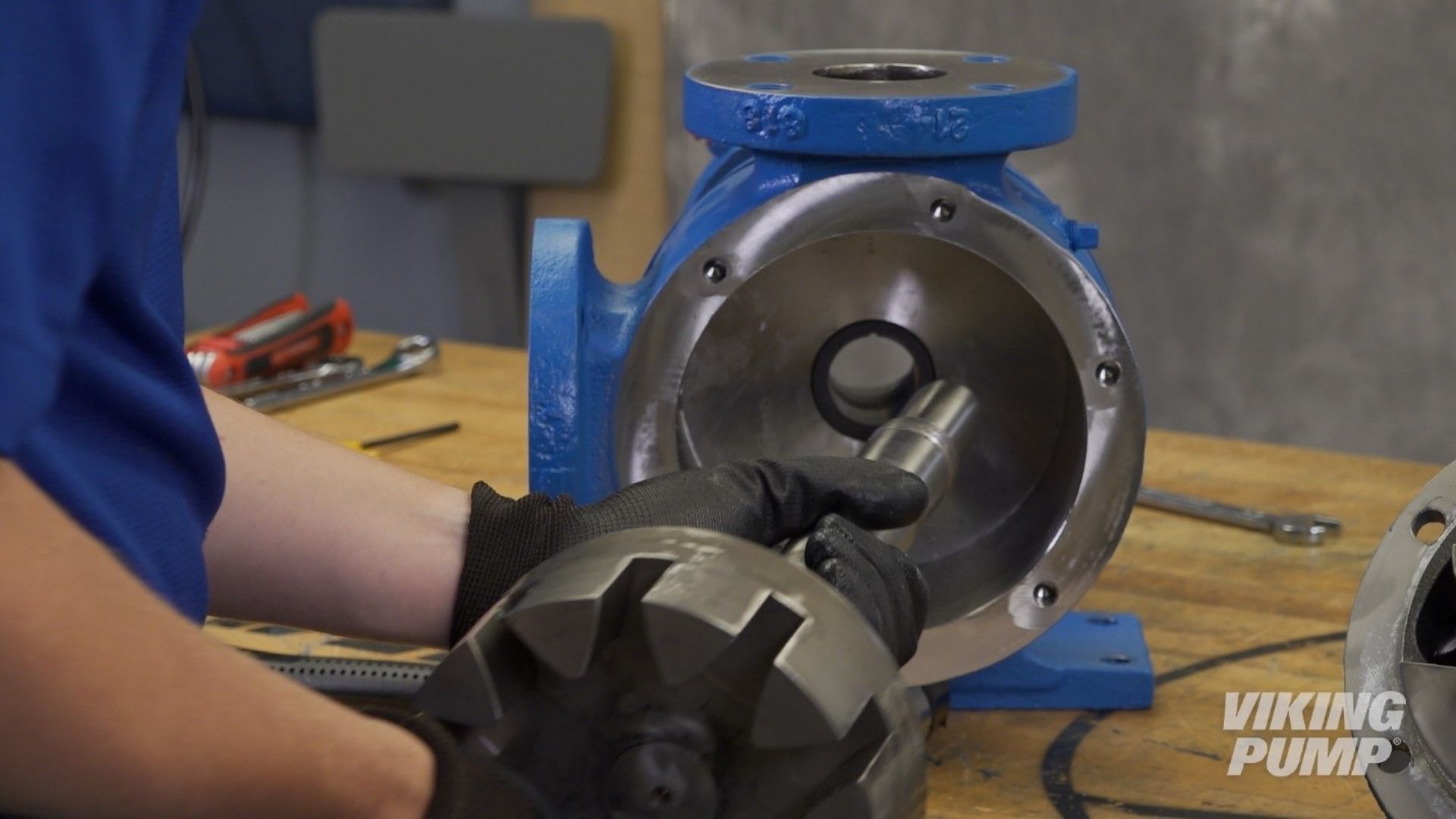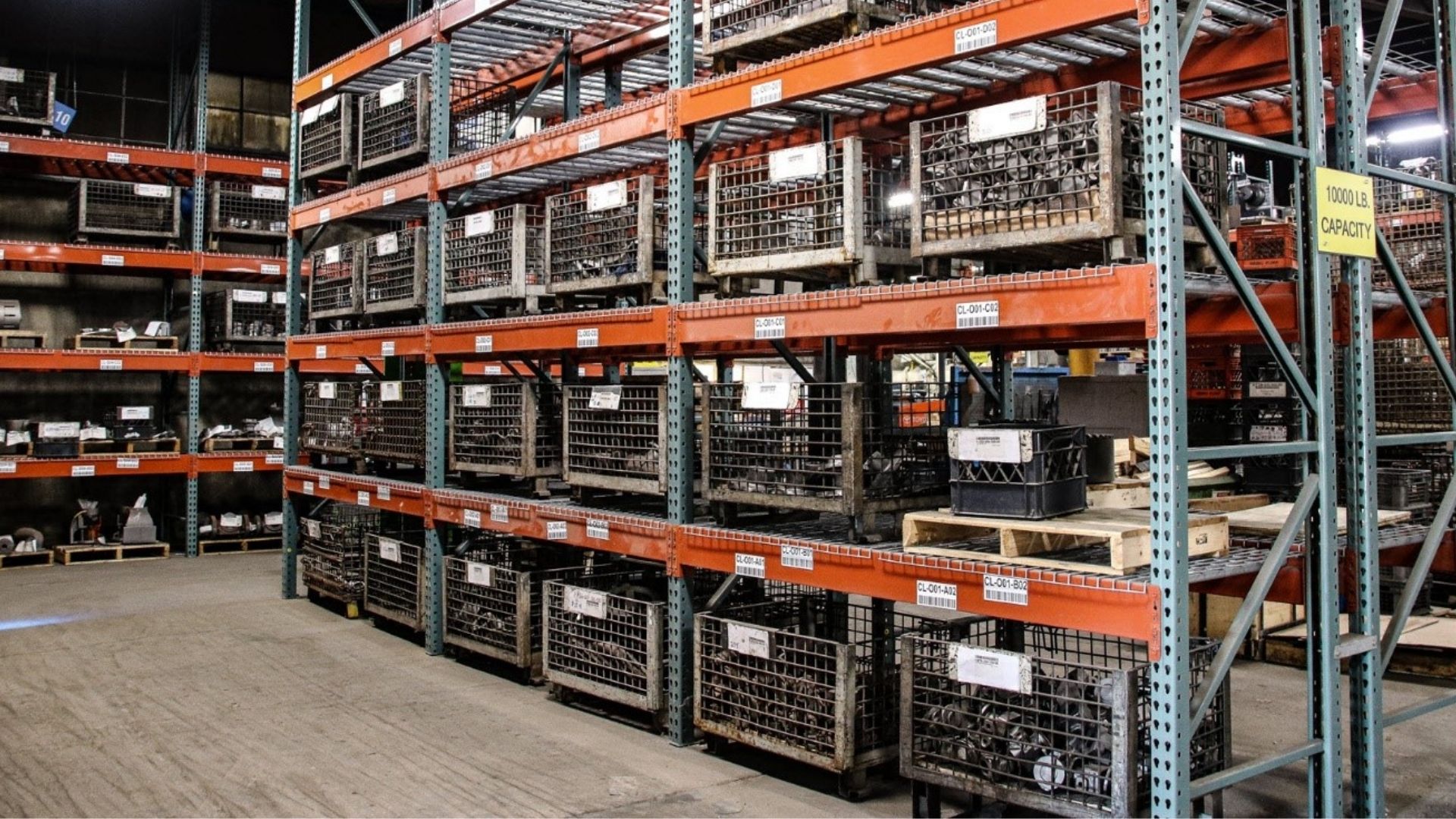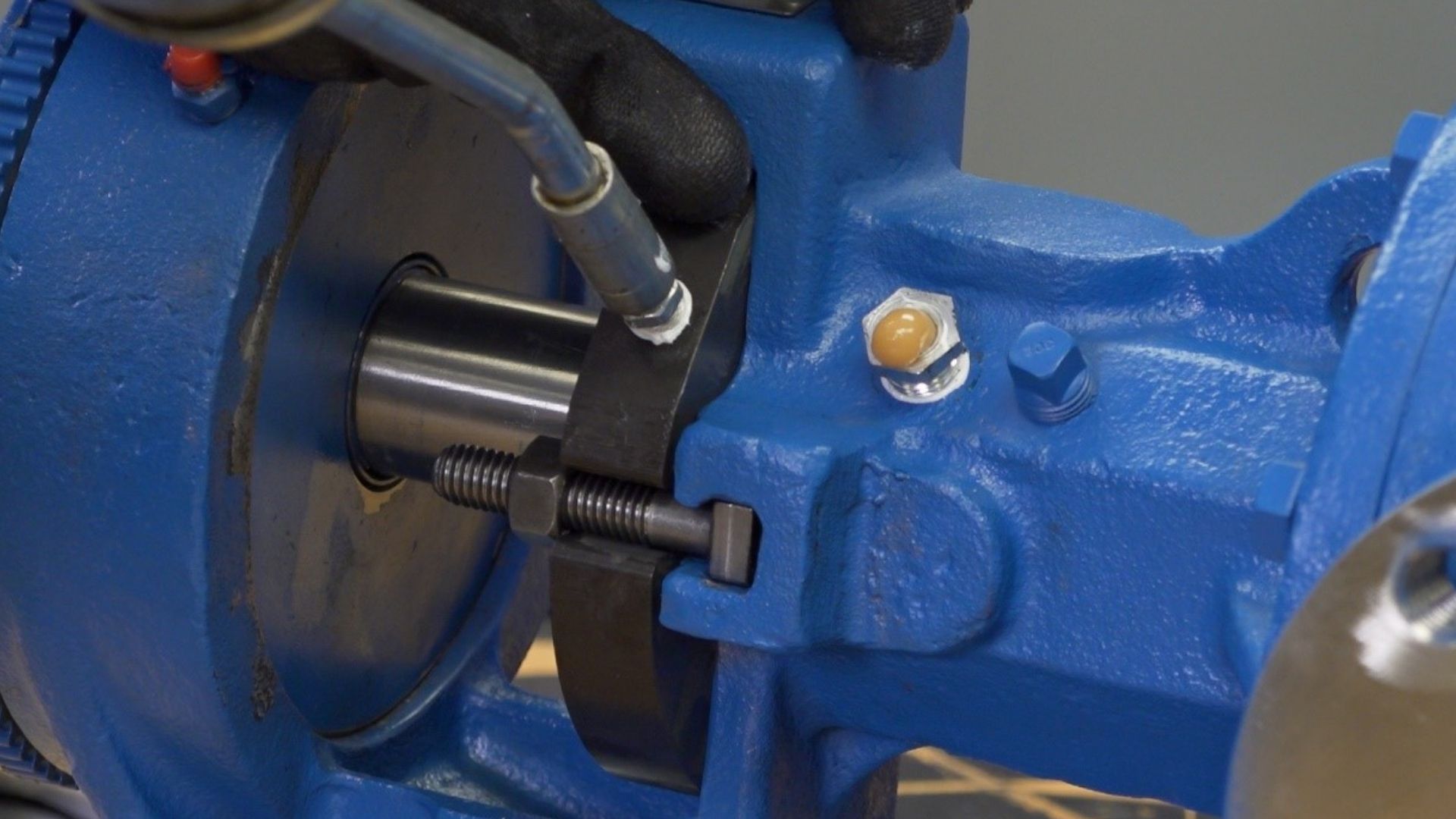Long before Covid-19 many of us, myself included, have been sidelined by illness. During this period of downtime, we rest and minimize physical activity. Post-illness we’re eager to resume our normal lifestyle, but doing so without preparation can lead to difficulties, even injury. For idled pumping equipment the same principle applies.
Viking Pump customers have faced shutdowns before, from the Great Depression, shifting production through WWII, to natural disasters such as floods or hurricanes. Today we face a new threat from the Covid-19 global pandemic and once again some of our customers are shifting production to focus on essential products, while others are temporarily shutting down lines or entire facilities in response to illness in the plant or low market demands.
Based on Viking Pump’s experience there are some actions you can take to make sure that pumping equipment is maintained and ready to go when these shutdowns lift and you return to full production activities. Following these recommendations will help ensure trouble-free start up and reduce the risk of equipment failure and downtime.
For some facilities there may be no staff on hand, making any equipment maintenance activities infeasible. For those who can however, the following strategies are ideal to making sure pumping equipment is always in a ready state.
- Follow Long Term Storage Recommendations
These recommendations can vary by application and down-time duration but include:
-
- Drain the pump and coat internals with compatible lubricant. This is most common for liquids which are corrosive or may set up over time.
- Similar recommendations may be followed for piping or tanks. If any flushing of the pump and system is completed, make sure that the liquid is compatible with the pump and system design and their materials of construction.
- Rotate the pump shaft by hand every 30 days. Doing so makes sure that the seals and bearings are free to spin, and lubricant is distributed evenly throughout.
- Follow your standard preventative maintenance schedule by lubricating any grease fittings on the pump and associated drive equipment such as motors, gearboxes, etc.

- Inspect Equipment
Just as with a planned shutdown, this time can be valuable for inspecting equipment to identify potential issues and address them before they result in more serious problems. These inspections can include, but may not be limited to:
-
- Opening the pump casing to inspect for wear and replacing any worn components. These components vary by pump type and model, but may include bushings, shafts, pins, bearings, seals, vanes and push rods.
- Checking unit alignment / coupling wear and realign if necessary. This same strategy can be used to check v-belt condition, alignment, and tensioning for belt-driven pump units.
- For packed pumps, assess the amount of leakage and determine if the pump is due for packing adjustment or replacement.
- Inspect upstream and downstream piping. This includes any jacketing lines or heat tracing (if applicable) and making sure the strainer basket is clean. It can also be a good time to check to make sure all valves, gauges, meters, etc. are in good, working condition.
- Clean
This may seem like a recommendation from your mother, but in all seriousness a clean pump is easier to inspect, lubricate, adjust, runs cooler, and just plain looks better.
- Document Equipment
If you’ve already had a SmartSite™ audit conducted at your plant by your local authorized Viking Pump distributor then you already have a comprehensive report detailing each of your pumps and have a list of all the critical parts. If not, it may be a good time to contact your local distributor and work with them (remotely for now) to gather this data.
- Audit your Inventory
It’s very common during periods of slowed production that stock rooms become depleted. It’s important to confirm that critical spare parts and pumps are on hand. Following the previous recommendations minimizes the risk that you’ll need spares, but having them available adds assurance that your plant isn’t one pump or part failure away from a production shutdown and costly downtime.

This is when preparation and care is most critical. You’re going to be restarting a line or an entire plant and forgoing these precautionary steps may result in further delays. If possible, this is a great time to involve your local authorized Viking Pump distributor to make sure nothing is overlooked that may lead to expensive failures or downtime.
- Make Sure All Valves are Open
This may seem like a bit of a no-brainer, but when production lines are shut down it’s very common that valves would be closed. Opening suction and discharge lines help prevent problems like inability to prime, dry run, and overpressure to name a few.
- Make Sure the Pump Unit is Free to Rotate
Rotate the pump shaft by hand to make sure all equipment is turning freely.
- Ensure Guards are In Place and Secure
If you’ve followed the “During Shutdown” steps above then the guards were likely removed to help rotate the pump and to check unit alignment. Make sure they’re back in place and securely mounted.
- Add/Replace Lubricants
This includes but is not limited to grease fittings on the pump and motor and gearbox oil (if applicable).

If these precautionary steps have been followed, then you’re ready to start the pump. If no liquid is delivered within 60 seconds shut the pump down and troubleshoot using the Technical Service Manual as a resource.
These activities have an added benefit not yet addressed; by following these steps not only should the equipment be ready, but your staff is more familiar with the fluid handling equipment, documentation is up to date and accessible, and critical parts are on hand should any problems come up down the road. These are tough times, no question, but these activities can help make you more productive and lead to even greater success when normalcy returns.